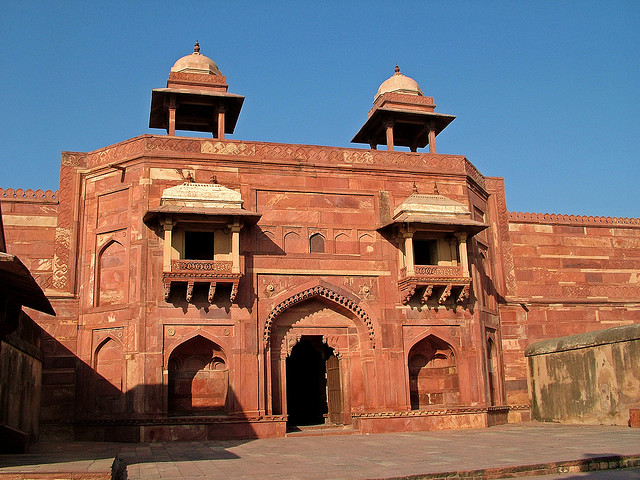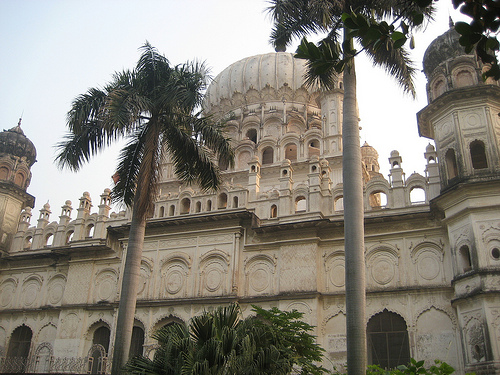Royal Cenotaphs
Two impressive cenotaphs, opposite the tank commemorate Randhir Singh and Baladev Singh, two of the Bharatpur Rajas. Towards the south is the beautiful chhatri of Raja Surajmal of Bharatpur. Fine frescoes- illuminating the life of Surajmal; vividly depict darbar and hunting scenes, royal processions and wars.



